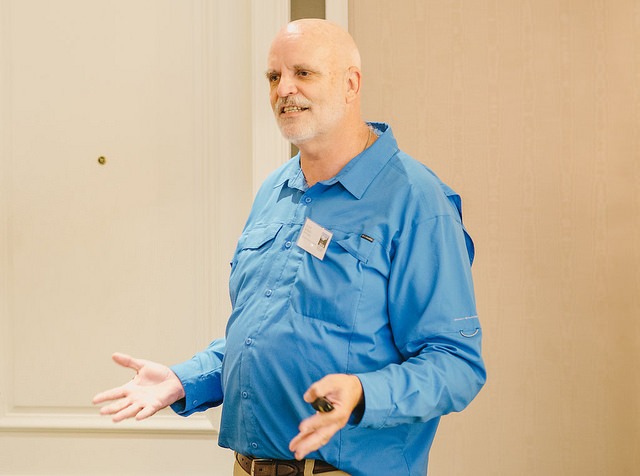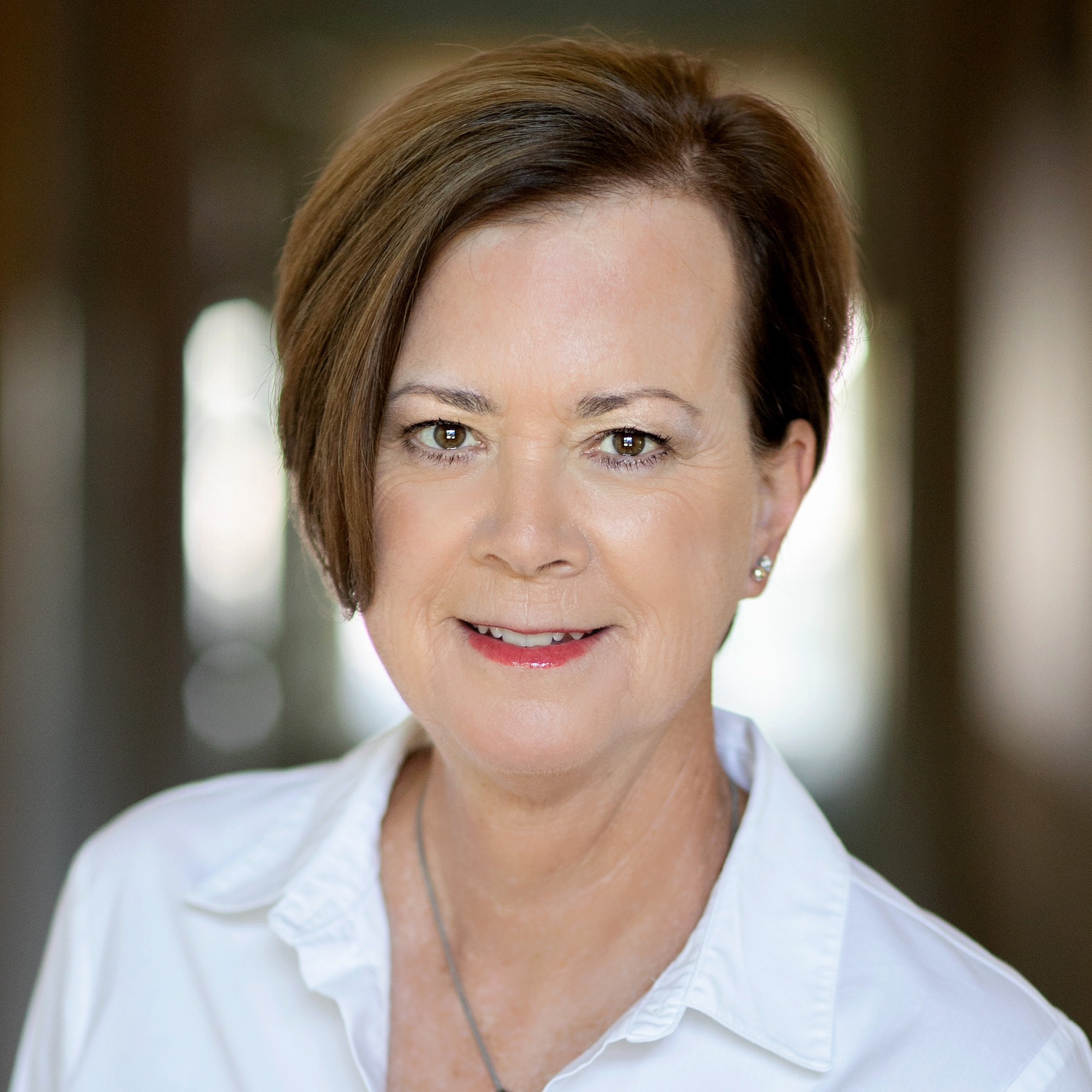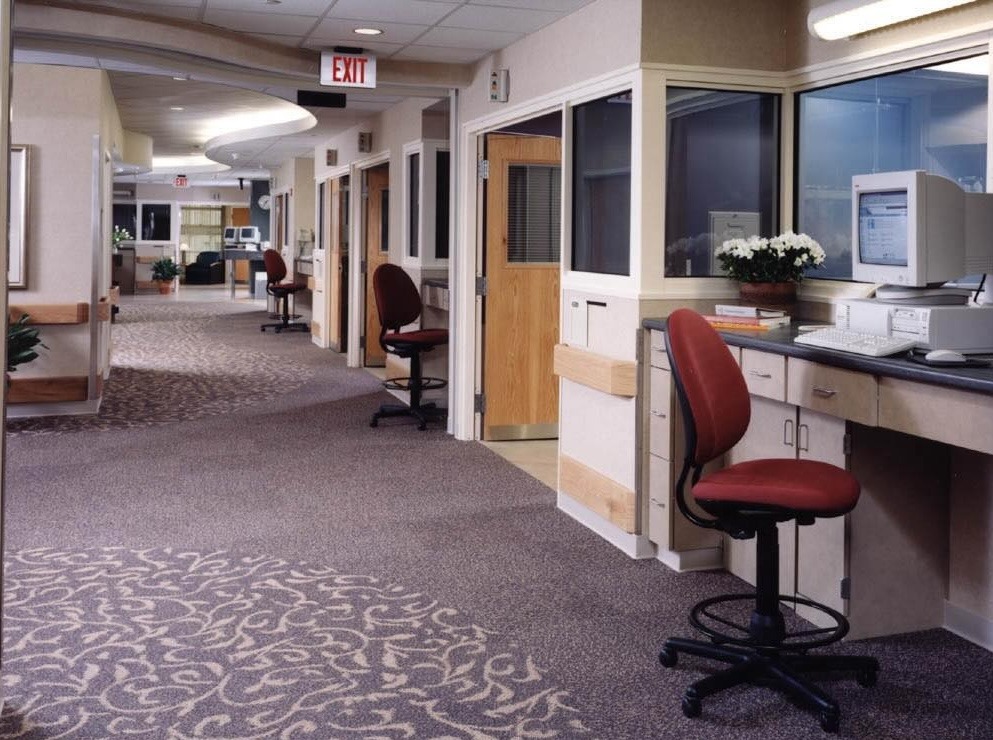
Here are some of their responses:
- Fun
- Live with people I like
- Live with my dog, my cat
- Ability to garden, access to the outdoors
- Good food
- Alcohol
- Access to the rest of the world
Most of the dozen designers in the room were over the age of 40. Some over the age of 50. Many had family members who live in senior living communities.
And that’s what makes senior living design so personal. You’re designing for yourself — or a family member. A friend’s family member.
Some of the designers in the room said they’d gladly live in the communities they’ve designed. That was the first time I’d heard that.
But after seeing some of their projects, I sort of felt the same way. As long as they weren’t isolated from the community.
At the Edge of Nowhere
According to Moran, isolation is a big problem for seniors living in communities out on the edge of town. It’s a real estate problem, too, because land is cheaper usually cheaper at the edge of town and there’s more of it.
A former owner/operator, Moran spoke to the group about the current state of the senior living industry. Three big current challenges he sees are:
- Overbuilding
- Rising construction costs
- Staff recruitment and retention
The last one has a lot to do with culture, but some progressive owners/operators are realizing that the environment itself can help with staff satisfaction. So they are building Google-like staff break rooms and amenities into their new projects.
Moran doesn’t believe the Continuing Care Retirement Community (CCRC) model is going away. But they may be called something different, like “Lifeplan Communities.” Will that name have more appeal for Baby Boomers than CCRC?
He described the transitional communities that Mainstreet Health is building as a "Hampton Inn for seniors." Mainstreet has just teamed up with noted gerontologist and aging expert Bill Thomas, M.D., to transform long-term care. (Read Moran's post about it.)
Mainstreet's properties look pretty nice to me. But they do look like they are all at the edge of town. I'll be curious to see Bill Thomas work his disruptive innovation magic on this model.
What the Future Holds for Senior Living
Moran told us that he thinks the future is fewer skilled nursing facilities and more co-housing, small houses, and pod hotels where seniors live their lives in common spaces and sleep in pods at night. He's a big fan of the Green House concept, but isn't sure it's economically viable (otherwise, we'd already have more of them, right?).
Expect more interest in funding senior living projects from healthcare REITs, as well as more U.S. government money flowing into assisted living projects. Affordable housing for seniors is also something that we'll have to deal with at some point. Unless those folks decide to stay in their own homes.
But I don't think aging in place will work for everyone. When I said this to Moran at the cocktail party the night before his talk, he agreed. Especially for those with dementia who need 24/7 care.
Want More?
Look to J+J Flooring Group in the next few months for more information about trends that are affecting senior living design. I'll keep you posted as well.
P.S. Please do me a favor -- if you liked this post and like this blog, please share it with others by sending them the link and/or post it on your Twitter, LinkedIn, or Facebook, etc. Also, don't forget to subscribe, so you'll get emails when new content is posted. Thanks!






